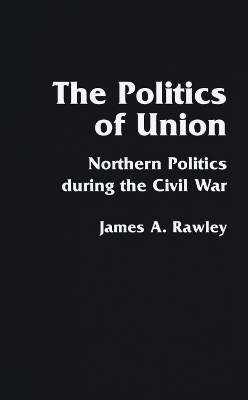Bison Book
2 total works
What the critics said about the first edition published in 1966: "[Rawley's] notion that other things than battles may constitute turning points is eminently sensible. So also is his contention that the outcome of a war is not ordained or determined by impersonal forces." - "Journal of Southern History". "An excellent discussion piece." - "American Historical Review". "Should find an audience in both undergraduate and graduate coursese dealing with the 'middle period.' It is carefully organized and...characterized by clear, straightforward writing." - Richard O. Curry, "Journal of American History".James A. Rawley examines the seven turning points of the Civil War: the course of the slaveholding borderland in 1861, First Bull Run, the Trent affair, Antietam, the Emancipation Proclamation, Gettysburg and Vicksburg, and the presidential election of 1864. Among the topic unifying his book are slavery, democracy, British policy, military organization and progress, and the roles of Lincoln, McClellan, Davis, and Lee. The afterword looks at the Civil War itself as a turning point in American history. In a preface to this Bison Book edition, James A.Rawley, a professor emeritus of history at the University of Nebraska-Lincoln, considers recent books that sustain the idea of turning points during the Civil War.
"The best general account of politics in the North," as David Herbert Donald calls this book, is also the first one-volume history of its subject. Abraham Lincoln's single goal of saving the Union required not simply subduing the South but contending as well with divisiveness in the North-with refractory state officials, draft resisters, peace advocates, secret organizations, with Northern Democrats (too often seen only as Copperheads or as traitors to the Union), and with powerful Republicans who often vocally disagreed with Lincoln's policies. In this account, Radical Republicans represent consensus with Lincoln more than conflict, sectional more than economic interests, and party over faction. Largely, dissent was heard and accommodated; and, if the federal legislation of the time did amount to a Second American Revolution, it emerged from the conflicts, within the North as well as against the South, of a nation at war. The outcome was a nation not only saved but strengthened and slavery ended.

